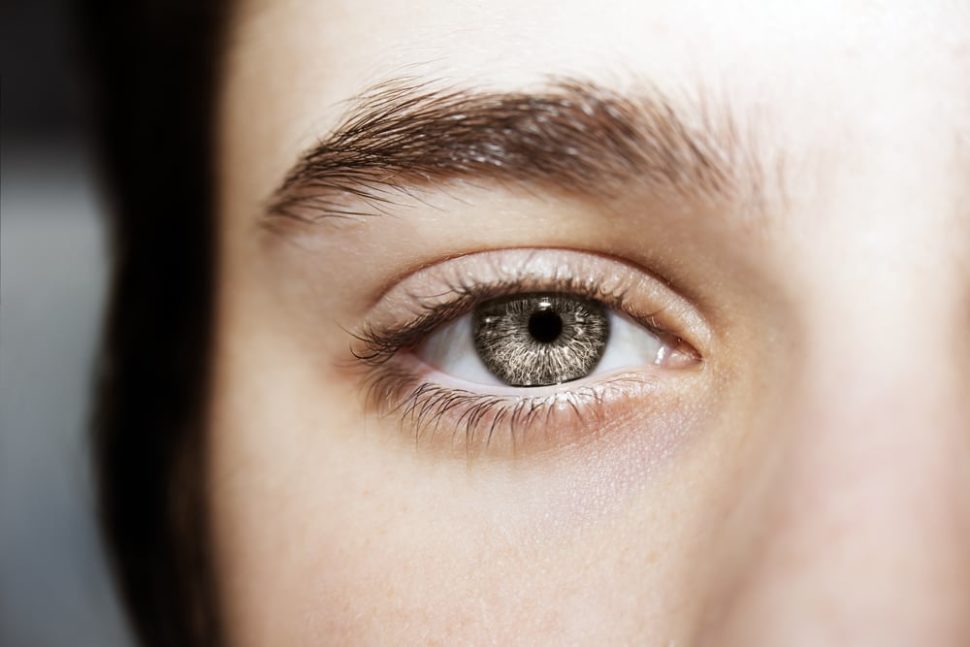A team of Columbia Engineering researchers developed a non-invasive technique to permanently correct vision.
According to the team, this noninvasive technique shows promising results when tested in preclinical models. To date, myopia, commonly known as nearsightedness, is considered an increasing problem worldwide. In fact, the number of people with the said condition in the United States and Europe has doubled in the past 50 years.
Treatment to myopia often involves wearing of eyeglasses or contact lenses. If a person seeks a more permanent solution to the problem, corneal refractive surgery is the next best option. However, while this eye surgery has a high success rate, it requires invasive surgery which is subject to complications.
Furthermore, using alternative procedures like laser in situ keratomileuses (LASIK) and photorefractive keratectomy (PRK) can thin or weaken the cornea–the normally curved outer layer of the eye.
Read More: Scientists Just Made the First 3D-Printed Human Corneas
As a solution, researcher Sinisa Vukelic from Columbia Engineering created a non-invasive method that could permanently correct vision using a femtosecond oscillator. The latter is an ultrafast laser that could deliver low-energy pulses but with high repetition rate for altering the biochemical and biomechanical properties of corneal tissue.
Meaning, changing the macroscopic geometry of the eye tissue will no longer require surgery and will have fewer side effects.
“We think our study is the first to use this laser output regimen for non-invasive change of corneal curvature or treatment of other clinical problems,” Vukelic was quoted as saying.
“We’ve seen low-density plasma in multi-photo imaging where it’s been considered an undesired side-effect. We were able to transform this side-effect into a viable treatment for enhancing the mechanical properties of collagenous tissues.”
When the technique was reportedly applied to corneal tissue, the crosslinking changed the collagen properties of the treated regions. Thus, resulting in the overall changes in the macrostructure of the cornea. The process is said to be photochemical and won’t disrupt any tissue, keeping the induced changes stable.
Right now, Vukelic’s group is working on a clinical prototype and plans to start clinical trials by the end of this year.



Comments (0)
Least Recent